How do we learn vocabulary?
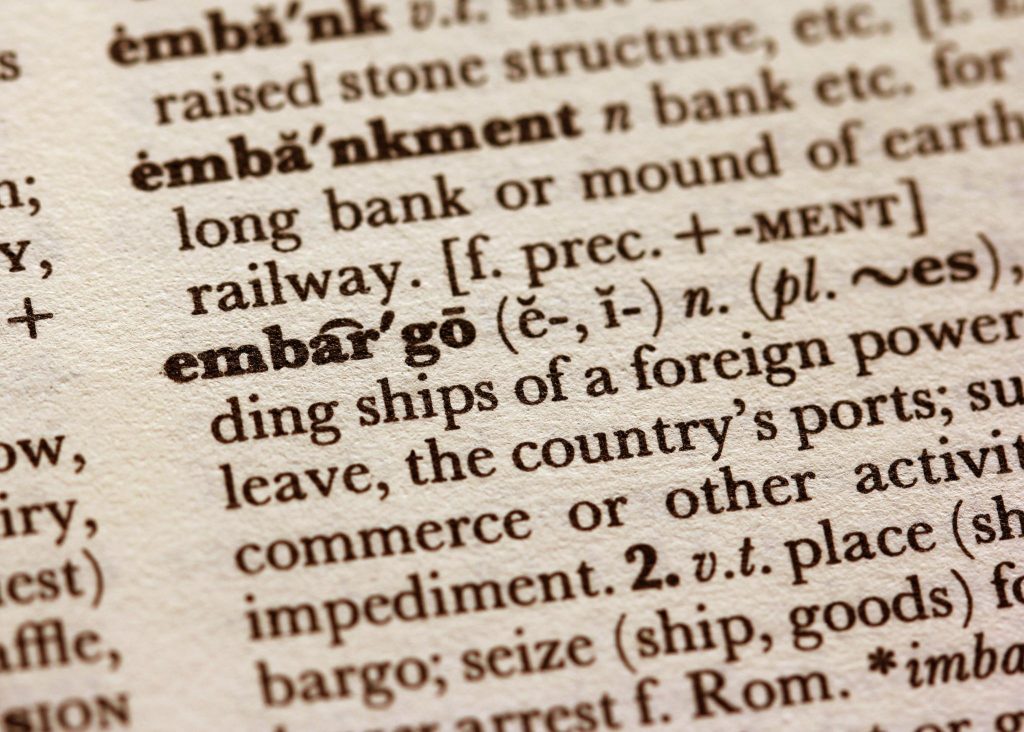
Article by Elissa. Originally posted on ‘The Language Brain’. Reposted with permission.
How do we learn the meanings of words? And how do we learn them in a second language? Science gives us some insight and tips to help you learn – and remember – new vocabulary.
Your brain
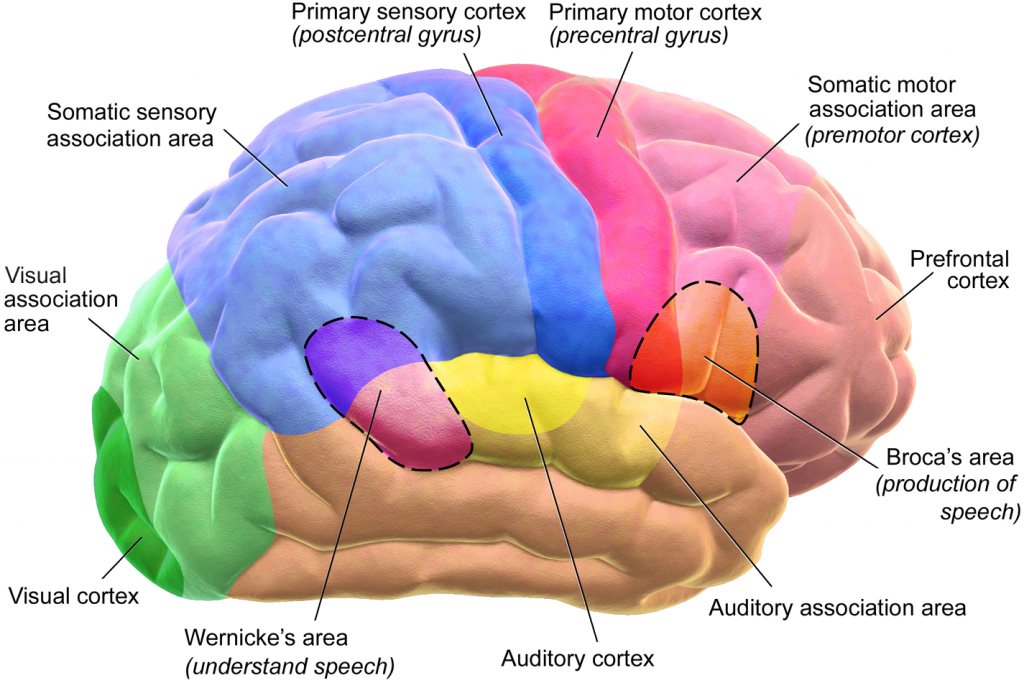
Your brain has different areas that are responsible for different things. These different areas are all connected by neural pathways, like roads across a city. When you experience something, your brain sends messages across these roads, activating a network of neural pathways. For example, when you smell popcorn, a message is sent from your smell receptors to an area that makes you think the word: “popcorn!” and maybe “movie!” This then sends a message to an area that makes you remember how hungry you are, and that new Marvel movie you want to see.

There’s an old saying in neuroscience: “neurons that fire together, wire together”. That is, we create neural pathways by consistently sending messages between brain areas when we do certain things, e.g. by smelling popcorn and arriving at a movie theatre. This repetition is what creates an association in the brain. And, like a muscle, the more we use these pathways, the stronger they get.
For example, when we’re young, we see a big, fluffy, smelly, moving thing, and perhaps we hear someone say “dog”. Every time we see this big, fluffy, smelly thing, we hear it again. And again. And again. Over time, we develop a connection in our brains between seeing this thing, and hearing this sound. We develop an association between this big, fluffy, smelly thing, and the sound “dog”. We eventually even learn to say it ourselves.
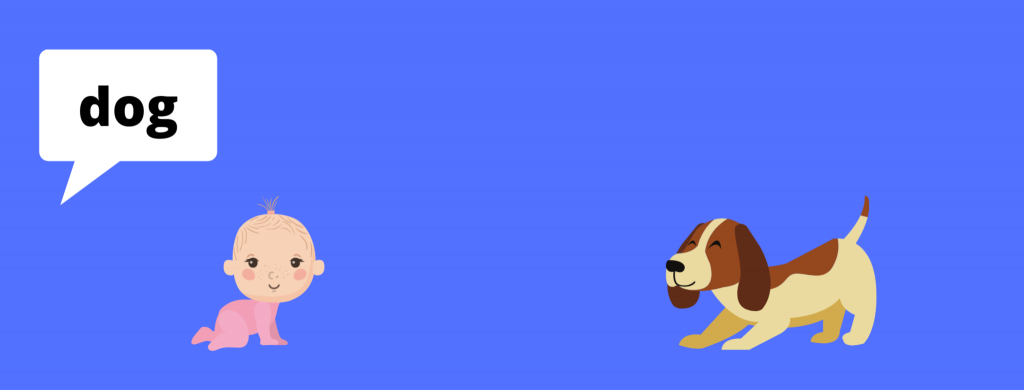




Over time, we develop an idea of a “dog,” and we attach a sound label “dog” to it. Later on, we also learn to read and spell the word “dog,” adding a written label to our idea too.

We also begin to connect it to other words with related meanings, for example: dog – tail – puppy – bark – kennel. These are called semantic networks and spread out across the entire brain. Recently, a group of researchers used functional magnetic resonance imaging (fMRI) to make a semantic map of the brain, which is available to the public online.
Learning as an adult
However, what happens when we want to learn a new language as an adult? As adults, we tend to learn a second language through our first language, relying on it to translate and understand new words. For example, you want to learn the Spanish word for “dog” – “perro”. Every time you hear or see the word “perro,” your brain translates it first into your native language before it can access the idea of “dog”.

At first, this can be quite slow. It takes time to create new neural pathways! But as we hear and see a word again and again, our neural pathways become stronger and stronger, the message is sent faster and faster, and the translation becomes quicker and quicker.
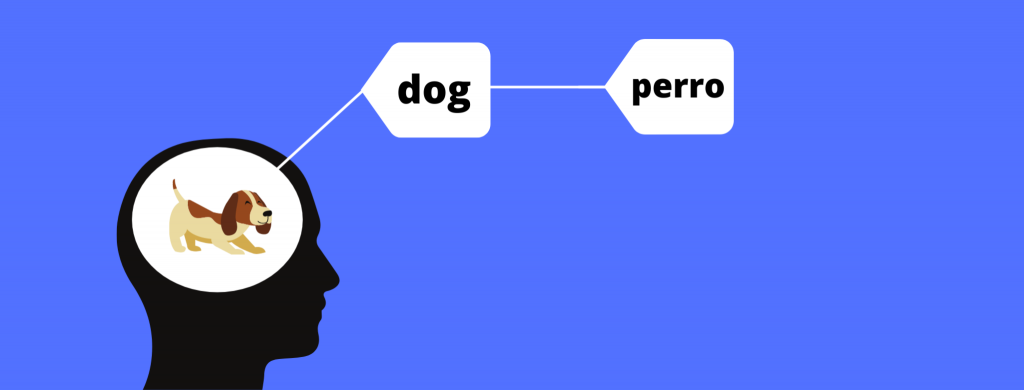
Eventually, we have learned the new word so well, it feels like we no longer have to translate; it may even connect directly to our mental idea.

How can I use this to learn vocabulary?
This is all well and good, but how does knowing this help us learn vocabulary? Fortunately, psychology and neuroscience have some advice.
1. Repeat!
As the old saying goes: repetition, repetition, repetition. Repetition strengthens neural pathways and cements new vocabulary in your memory. So revise new vocabulary regularly, not just in class. Try the rule of 2’s: revise new vocabulary 20 minutes, 2 hours, 2 days and 2 weeks after you first see it and it should stick.
2. Use active recall
Active recall is an effective method to remember new words. Rather than reading the definition over and over, test yourself: look at a new word and try to remember the meaning yourself, before you check the meaning. Pushing yourself to remember independently, rather than looking at the answer straight away, helps strengthen your memory. It’s like lifting a 10kg weight rather than a 2kg. Flashcards (like Anki or Quizlet) are great for testing yourself. Make your own set and start lifting!
3. Use your senses
Our brains learn through our experiences and senses e.g. colour, shape, smell, sound, taste, emotion. When we learn what a dog is, we don’t just learn the written word “dog,” we learn from our experiences with it. When we remember a dog, we remember how big, fluffy, smelly, or scary it was.

The words we learn are connected to our experiences of them. When we read fragrant words like “jasmine” or “cinnamon,” our olfactory area (the area relating to smell) activates. When we read the word “kick,” the area relating to movement activates. Because of these connections, studies suggest that practising embodied learning – learning with the senses – can actually assist in learning new words.
Sight – see it!
Learn new words with an image. Studies show that words learned with a picture are more likely to be remembered later on. So try using drawings, cartoons, gifs or even memes that depict the word you’re trying to learn.

Sound – say it!
Don’t just read the word in your head. Listen to a word as you’re reading it, or practice saying it out loud to yourself . It’s a quick and easy way to practice pronunciation and learn the new word.
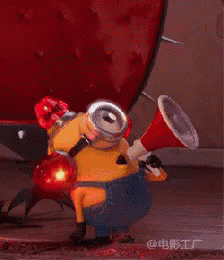
Movement – move it!
Using movements with your hands – or any part of your body – when learning a new word has been shown to improve vocabulary learning. So create your own unique gestures to link movement and words.

Taste and smell – eat it!
Smell has an incredibly strong link to memory and greatly influences how we taste. So when learning food vocabulary, why not host a dinner party and use taste and smell to help remember those words.

3. Sleep
Finally, after all that training, give yourself (and your brain) a rest. Studies show that sleep allows new vocabulary to be passed into our long term memory. So get a good night’s sleep and don’t cram all your new vocabulary just before a test!

Final words
Which of these methods do you think you’ll try? Do you have any other methods that work for you? Let me know in the comments below!
And don’t forget to follow the Language Brain on Instagram, Facebook and Twitter.
Featured image: by Sandy Millar on Unsplash
